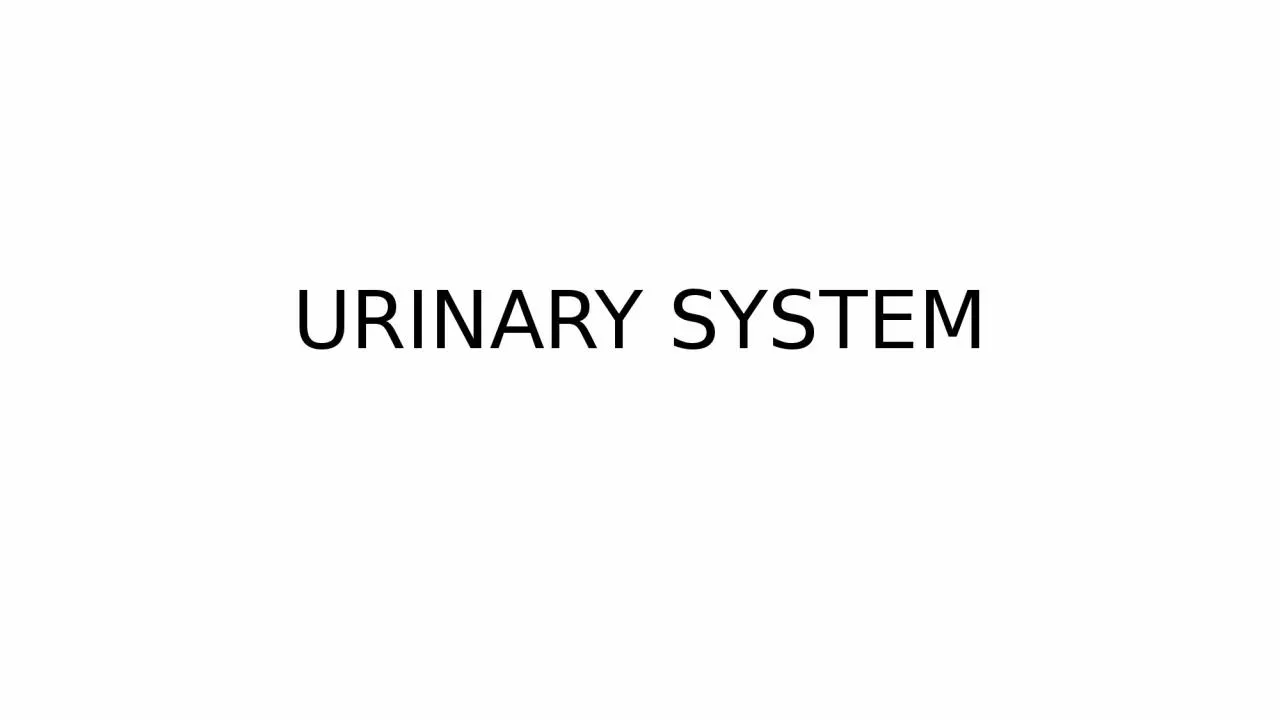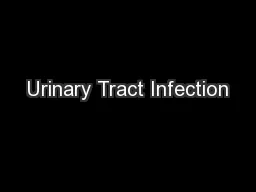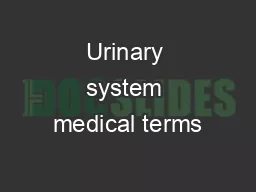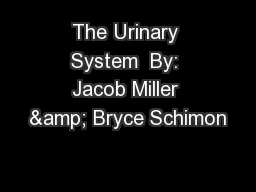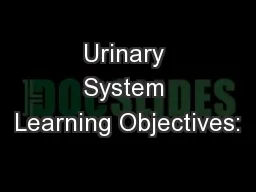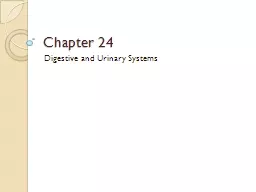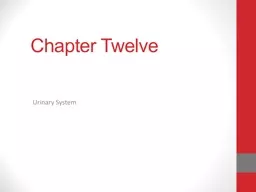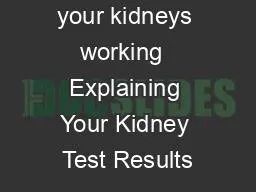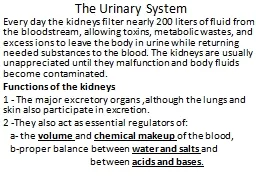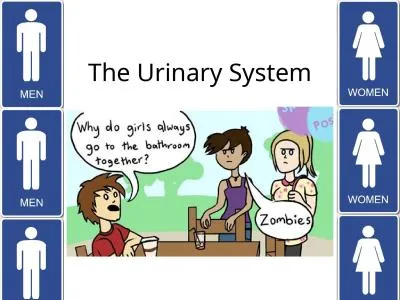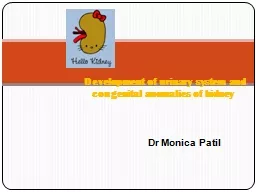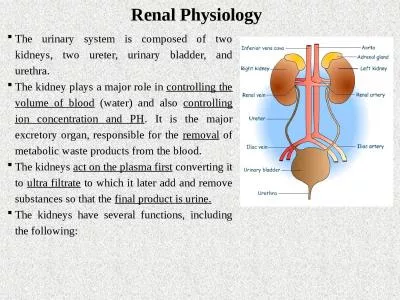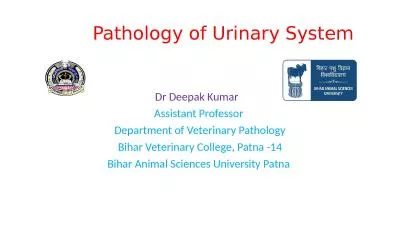PPT-URINARY SYSTEM Kidneys are large lobulated structure.
Author : natalie | Published Date : 2023-07-08
Right kidney is placed below the last rib upto 2 nd and 3 rd lumber transverse process Left kidney is placed more ventral under 2 nd or 3 rd to 5 th lumber vertebrae
Presentation Embed Code
Download Presentation
Download Presentation The PPT/PDF document "URINARY SYSTEM Kidneys are large lobulat..." is the property of its rightful owner. Permission is granted to download and print the materials on this website for personal, non-commercial use only, and to display it on your personal computer provided you do not modify the materials and that you retain all copyright notices contained in the materials. By downloading content from our website, you accept the terms of this agreement.
URINARY SYSTEM Kidneys are large lobulated structure.: Transcript
Download Rules Of Document
"URINARY SYSTEM Kidneys are large lobulated structure."The content belongs to its owner. You may download and print it for personal use, without modification, and keep all copyright notices. By downloading, you agree to these terms.
Related Documents

